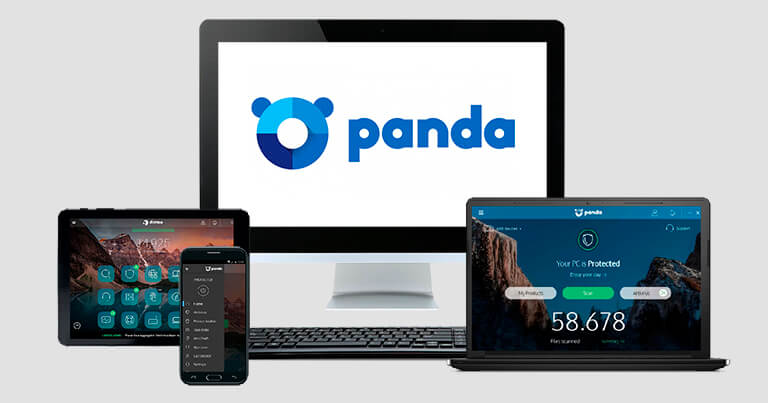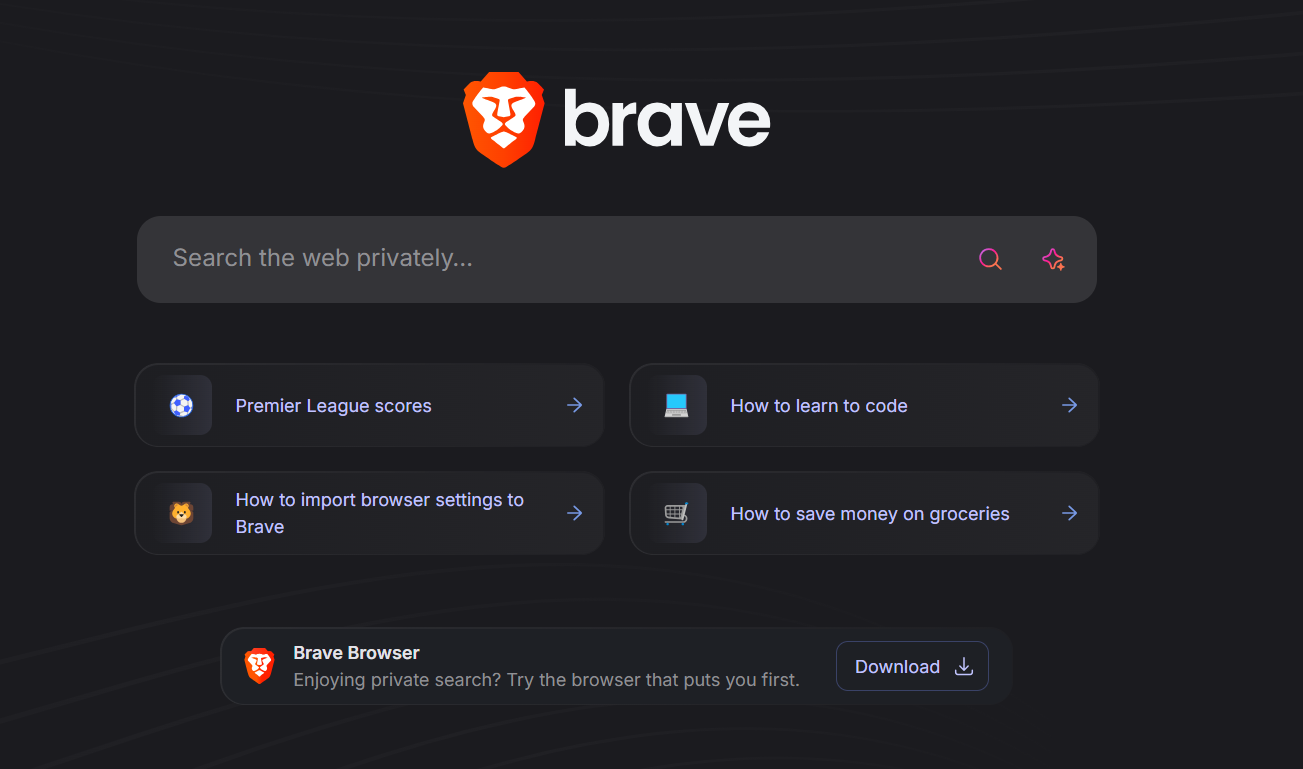It’s easy to fall into the habit of using the pre-installed browser on our Android phone.
For years, I did just that and defaulted to Google Chrome, or, occasionally, Microsoft Edge, thinking that was as good as it got.
I was used to frequent sluggishness, unusual battery drain, and privacy concerns that often come with these popular choices.
Then I came across an open source solution that could not only match the big players but actually surpass them in speed, efficiency, and privacy.
Here’s how a simple experiment with Brave browser transformed my entire mobile browsing experience.
A user interface that makes sense on giant Android slabs
As soon as I fired up Brave on my Samsung Galaxy S23 Ultra, one of the first things that struck me was its intelligent user interface.
Unlike the top-heavy designs of many browsers, Brave wisely utilizes a bottom bar for easy accessibility.
This small change makes a huge difference and places essential navigation buttons like back, forward, home, tabs, search, and more right within comfortable thumb reach.
Unlike Chrome, I no longer need to deal with awkward stretches or fumble to hit buttons at the top of a tall phone screen.
Beyond the smart layout, the animations are incredibly smooth. Whether I’m opening a new tab, switching between sites, or navigating through settings, every transition feels fluid and responsive.
Speaking of aesthetics, I love that Brave allows for a custom background wallpaper on the home page.
What impressed me most, however, is that even with the added wallpaper, the home page doesn’t feel laggy at all.
This is a stark contrast to my experience with Microsoft Edge, where a custom background often introduced noticeable jitters.
Ample customization options
Brave offers the sheer amplitude of customization options. It truly feels like my browser, tailored to my preferences, rather than a one-size-fits-all solution.
For starters, I can switch between dark and light themes. But it goes much deeper than just themes.
I can tweak the homepage to exactly how I want it. I can choose to show or hide various elements, like the privacy report stats (though I usually keep that visible – it’s fascinating to see how much Brave blocks!).
Moreover, the home screen widgets are so much better designed than Edge’s. They surely don’t feel like an afterthought or a forced attempt to push content.
There are three home screen widgets to choose from, and they feel polished, right up there with Chrome.
Snappy performance without affecting privacy and security
This is where Brave truly shines and makes good on its promise: snappy performance without compromising on privacy and security.
It’s not just a marketing claim. I can see the evidence right on my home screen every time I open the browser.
At a glance, I can see exactly how many trackers and ads it blocked since I started using it. The numbers are consistently eye-popping, and they demonstrate just how much content Brave is preventing from even loading.
More than just seeing what’s blocked, Brave provides an estimated data saved and time saved stat.
Knowing that I’m not only avoiding being tracked but also conserving my mobile data and regaining precious seconds (which quickly add up to minutes, then hours!) by not loading unnecessary scripts and ads is assuring.
As a result, pages load noticeably faster, and that immediate responsiveness is something I missed with Chrome and Edge.
With those two options, I often felt like I was waiting for all the background clutter to sort itself out before the actual content appeared.
Brave cuts straight to the chase and delivers the content I want.
Quick search engines and robust tab management
One of Brave’s killer features, for me, is its ability to switch between search engines on the fly. This might sound minor, but it’s powerful for dynamic searching.
When I start typing a query in the address bar, Brave brings up a bottom bar with various search engine icons.
This means that if I’m looking for a quick definition, I can type my query and then easily tap the Wikipedia icon to complete it there.
Similarly, when I need a broader web search, DuckDuckGo is right there. There is even a shortcut for YouTube when I’m looking for a video.
This seamless integration saves me so much time and hassle compared to changing my default search engine every time I want to use a different one.
There is even an option to complete a query with the Brave Leo AI assistant (I will come back to it in a minute).
Beyond searching, Brave’s tab management is robust.
For someone like me who often has dozens of tabs open for work, research, and personal interests, the ability to create tab groups on related tabs is a godsend.
This keeps my workspace organized and prevents overwhelming clutter.
A lot of extras to play with
It’s clear that Brave isn’t just focused on being a good browser, but a comprehensive digital privacy and utility hub.
For instance, the built-in Brave Wallet is a neat addition. It’s an ideal option for someone who is into Crypto and wants a secure wallet right in their browser.
Then there is Leo AI, which I briefly mentioned before. This AI assistant is built into the browser, ready to help with summaries, brainstorming ideas, and more.
While the basic version of Leo is available to all users, the more advanced capabilities and higher usage require an extra subscription. It’s a premium feature, but for those who leverage AI daily, it’s a worthwhile investment.
Brave also offers a browser-level VPN service. It protects all your device’s internet traffic.
Like Leo AI, the VPN requires a separate subscription, but it’s great to see them offering a full-device privacy solution for users who want that extra layer of security.
An open source solution
One of the most reassuring aspects of Brave is that it’s an open source solution. It means that Brave’s code is publicly available for anyone to inspect and verify.
This level of transparency is important in the world of web browsers. I’m not a security expert or a developer, but knowing that the community can examine the underlying code provides a trust layer that others simply can’t match.
And as expected, Brave isn’t limited to Android only. The company offers native apps on all the major platforms.
Whether I’m on my Windows PC, my MacBook, or even my iPhone, I can install Brave and expect the same consistent, high-performance, and privacy-respecting experience.
Privacy powerhouse
Making the switch from Google Chrome and Microsoft Edge to Brave browser on Android wasn’t just a minor tweak to my phone. It was a major upgrade to my Galaxy setup.
Brave truly is a superior alternative that excels in speed, privacy, and efficiency.
So what are you waiting for? If you are tired of the sluggishness and data-hungry nature of mainstream browsers, I encourage you to give Brave a try.
Meanwhile, check out our dedicated post if you are looking for more open source apps for your Android phone.




